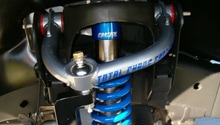F-150/F-250: Why Do My Tires Thump?
A tire that's out of shape (literally) will often thump louder and more quickly as you increase speed. This article will run through some of the common causes for a thumping tire so you can fix it before your F-150 or Super Duty blows it's rubber.
This article applies to the Ford F-150 (2004-2014) and the F-250, F-350 Super Duty (2005-2014).
The loud thump-thump-thump is a dead give away that your tires are deformed. No F-150 or F-250 is safe from the occasional bad tire. Depending on what is wrong with it, you might not have to throw it away and get a new one! This guide will walk through the common causes of a thumping tire and what you can do to fix it.
Step 1 - Examine the tire for debris, bulges, or wear
If the tire is bulging or has a flat spot, replace it. These problems are very easy to spot as demonstrated in the images below. If there is no visible bulge or flat spot on the tire, proceed to Step 2.
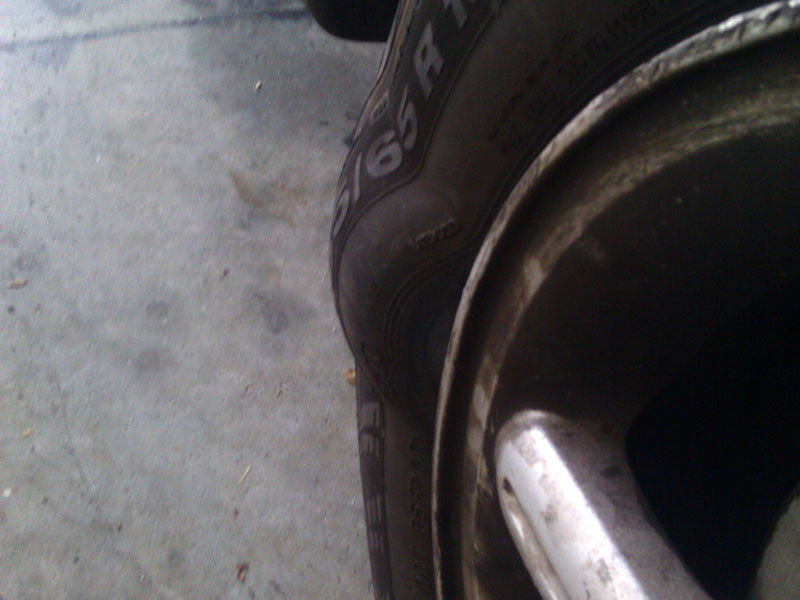
Figure 1. Tire bulge 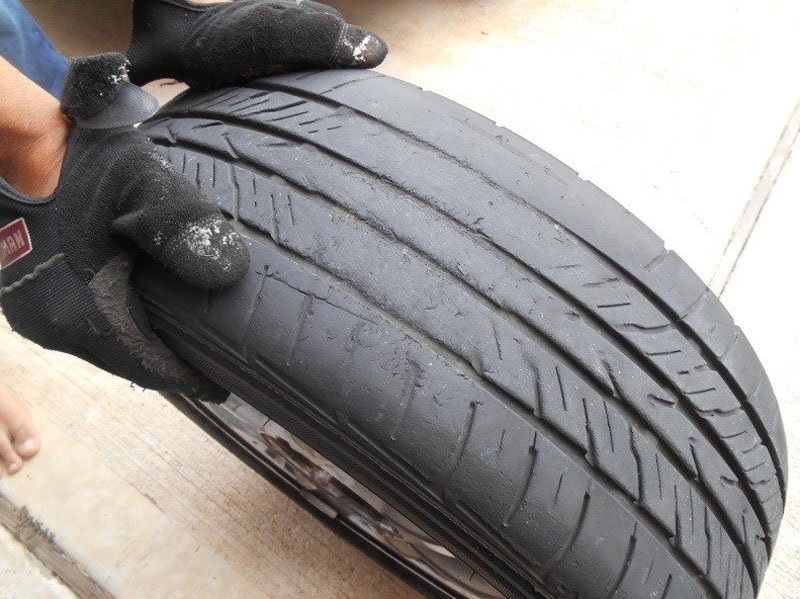
Figure 2. Tire with Flat Spot
Why is this happening?
Tires get bulges when air leaks into the tire's rubber carcass. Generally, this happens due to impact damage. You might not realize your tire has a problem immediately, but you will when you hear the "thump-thump-thump" coming from your wheel wells at speed. Flat spots come from locking up the wheels and sliding the tire. These spots will thump until the tire wears them down. Of course, debris that is stuck to your tire will make noise, too.
Step 2 - Balance your tires
Take your truck to a reputable shop, preferably one that has a force load balancer. Tires that are out of balance will thump so this could very well be the root of the problem. If the tire is still thumping after balancing, proceed to Step 3.
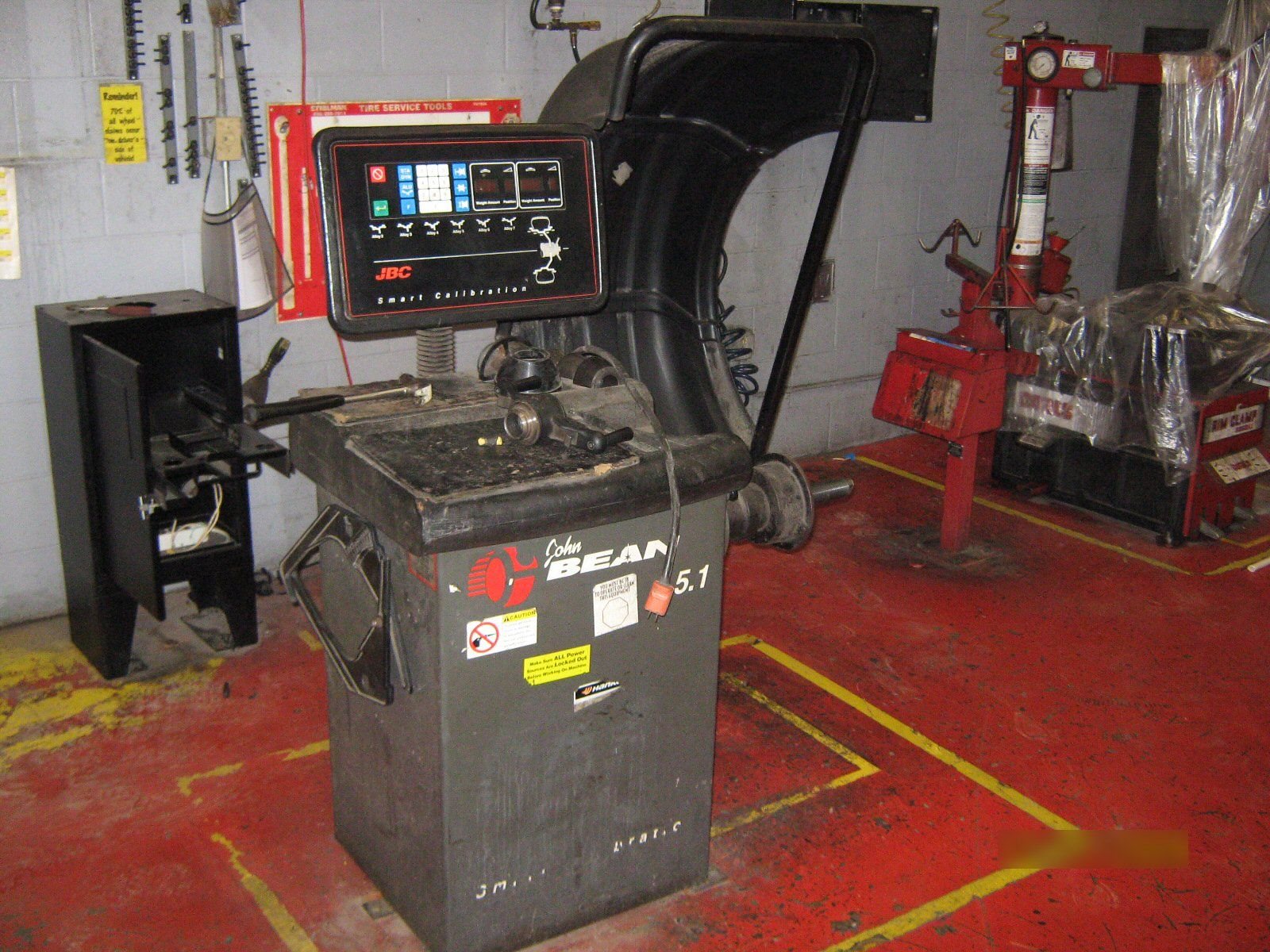
Why is this happening?
If your tire is out of balance, you probably lost one of the counter weights from your last alignment.
Step 3 - Rotate tires
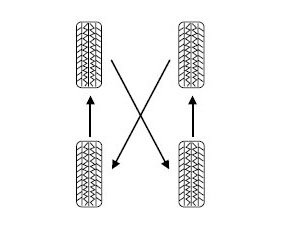
This can be done at home rather easily, or you can have it done at a shop. Be sure to follow your vehicle's rotation order. If the problem follows the tire when you rotate, the tire itself may be bad. If the problem does not follow the tire, you may have a bad wheel bearing, u-joint, or suspension issue.
Following these steps will help you identify and correct a potential problem before it becomes more serious. Tire life is limited, so it is a good habit to check them regularly, especially before long trips. Nothing ruins a good time quicker than an unexpected tire failure.
Related Site
Tire Balancer Photo - Watson Auction Co

